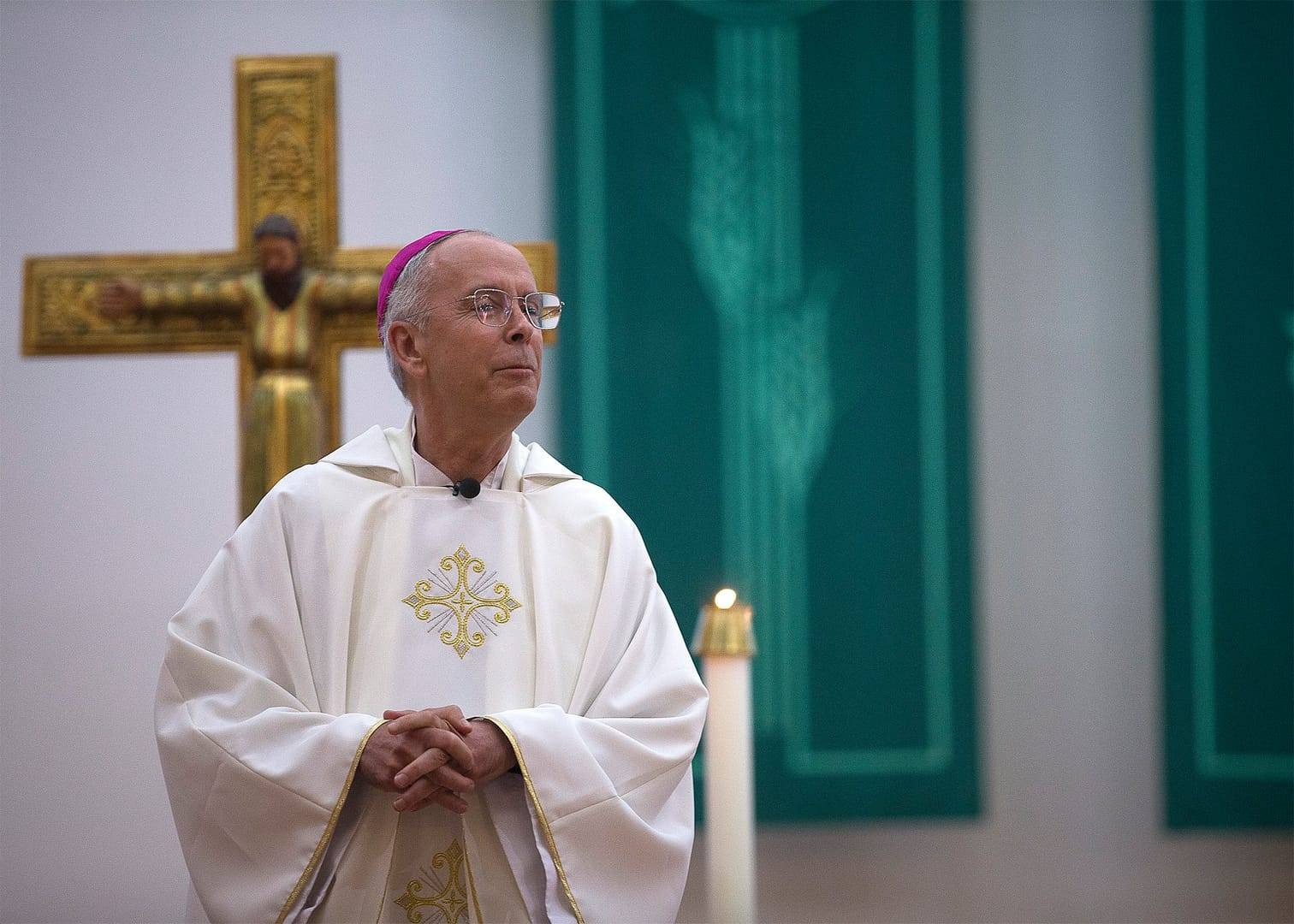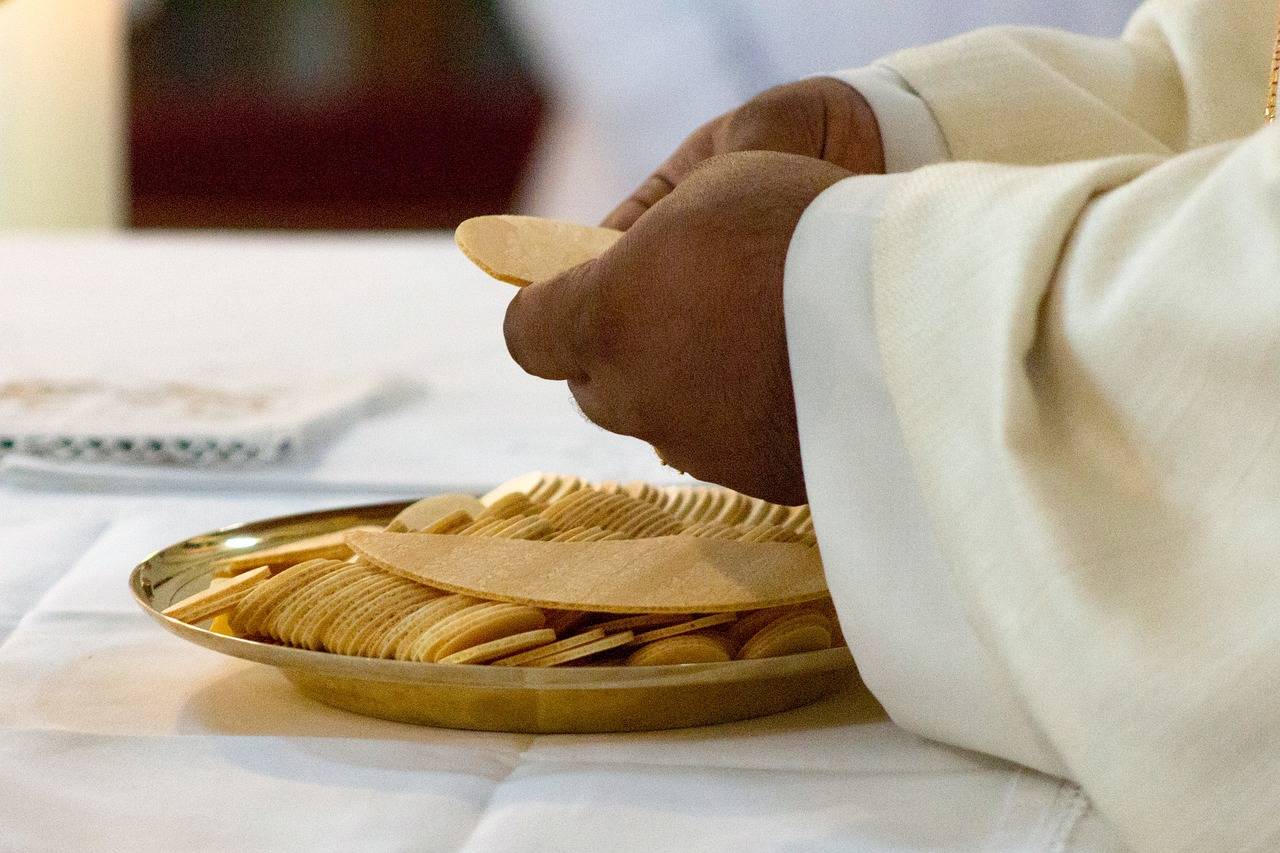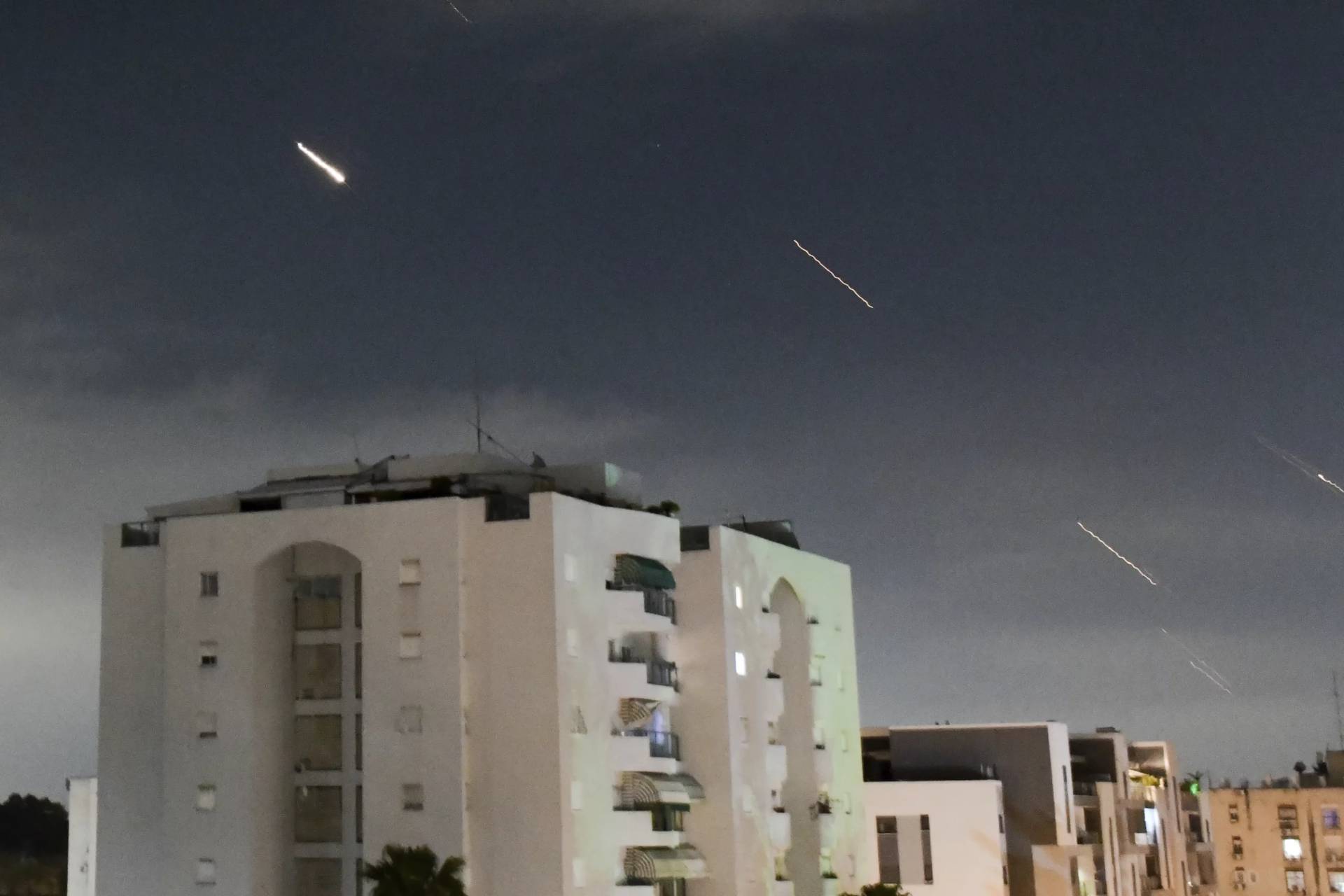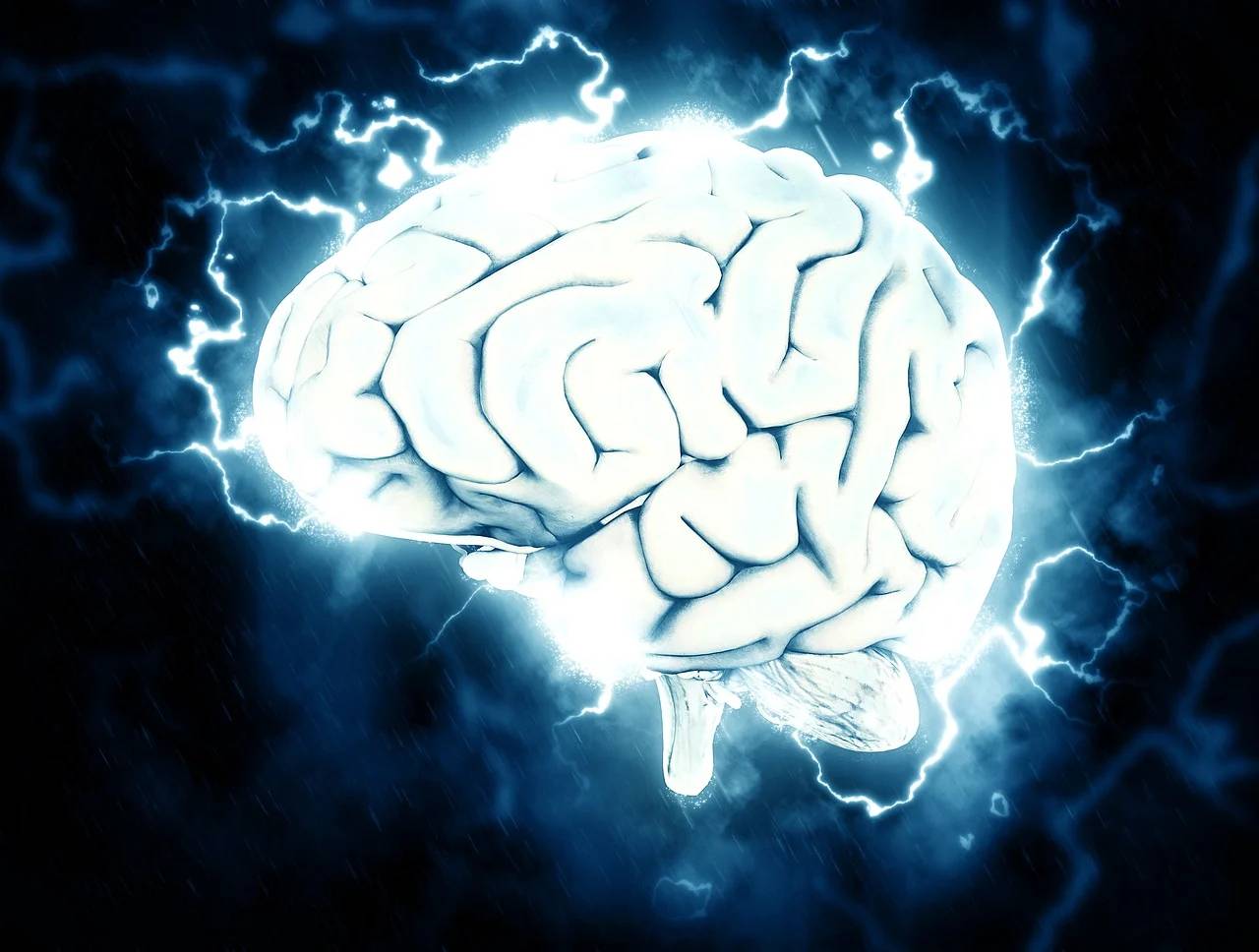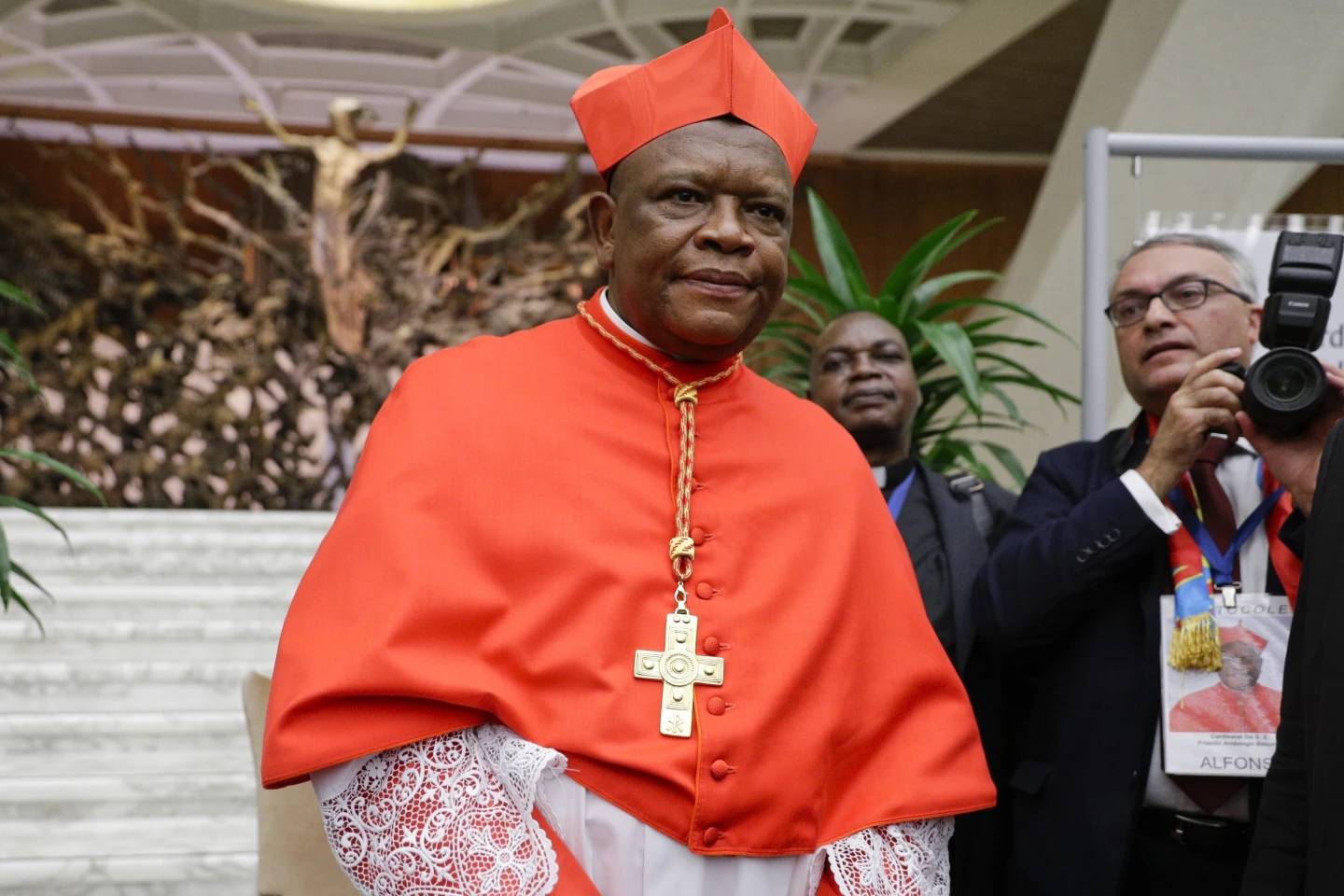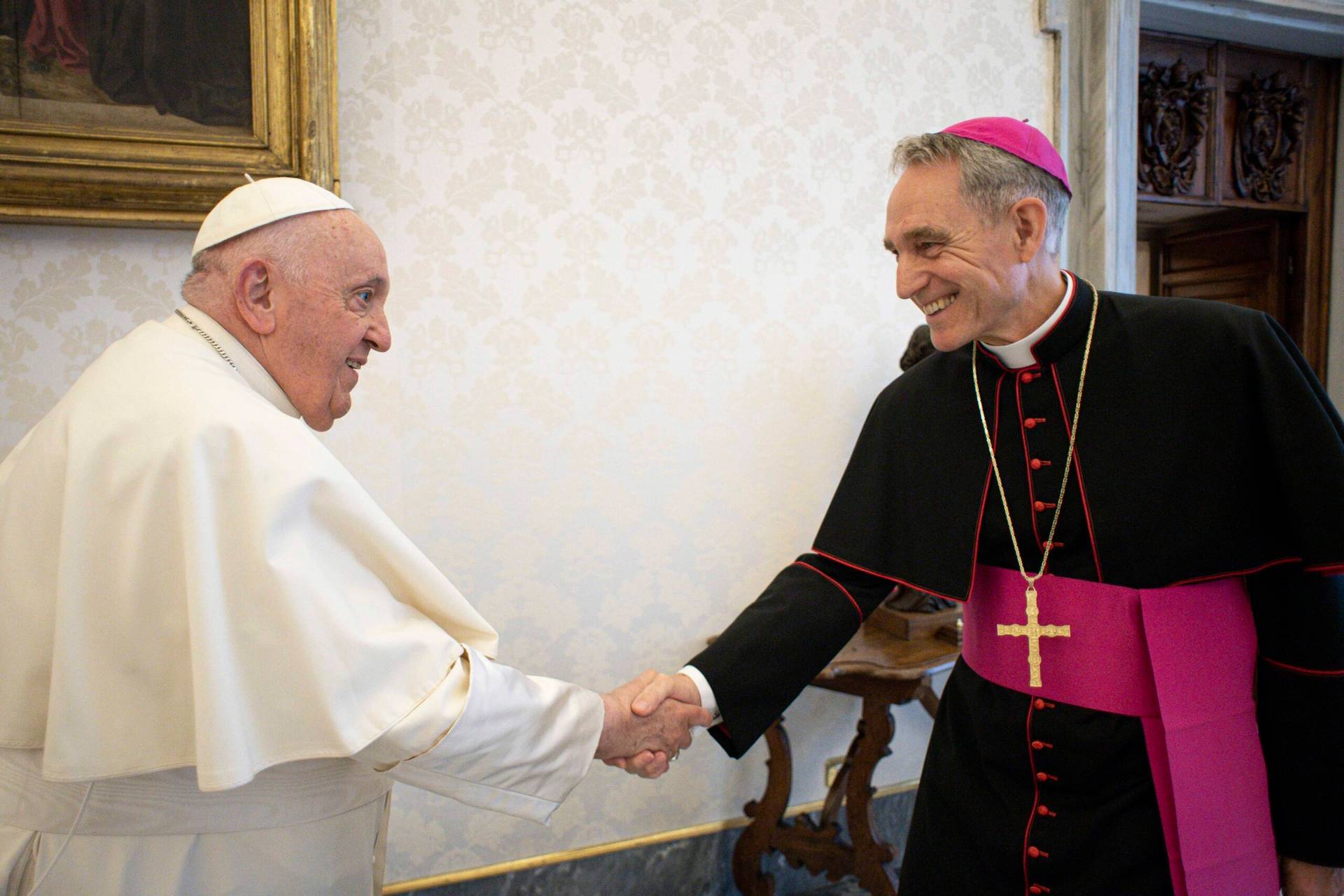When Donald Trump earlier this week signed an executive order to build a “big, beautiful wall” separating the United States from Mexico by a 1,954-mile long fence, the American bishops raised their voice against it.
Their brother bishops from the other side are now doing the same, calling for Trump not to build a barrier they say amounts to “inhuman interference.”
“We express our pain and rejection to the construction of this wall,” the Mexican bishops write. “And we respectfully invite you to reflect more deeply on the ways in which security, development, activation of employment and other necessary and fair measures can be pursued without causing further damage than those already suffered by the poorest and most vulnerable persons.”
The message was signed by Bishop Guillermo Ortiz Mondragón, president of the Human Mobility office of the Mexican Bishops Conference, and by Bishop Alfonso G. Miranda Guardila, Secretary General of the conference, and was released on Thursday.
Prelates north and south of the border, the message says, have been working together for over 20 years, many times with two dioceses serving together one “community of faith” such as Matamoros and Brownsville or Laredo and Nuevo Laredo, both along the Mexican border with Texas.
A main concern, the Mexican bishops say, is the fact that this “inhuman interference” will affect many people’s relationships of family, faith, work or friendship on two sides of the border.
They then quote a statement from Bishop Joe Vasquez, President of the Committee of Migration of the United States Conference of Catholic Bishops (USCCB) and bishop of Austin, Texas.
“I feel discouraged because the President (Donald Trump) has set as a priority the construction of a wall on our border with Mexico, which will make the lives of immigrants unnecessarily endangered,” Vasquez said in a statement released on Wednesday.
In citing his words, the Mexican bishops commit to “continue to act under the example of Pope Francis,” building bridges instead of walls, “that allow us to break the walls of exclusion and exploitation.”
Mondragón, Miranda Guardila and Vasquez are far from being the only Catholic leaders on both sides of the border who’ve spoken up.
Sean Callahan, CEO of Catholic Relief Services, the international charity branch of the USCCB told Crux on Thursday that if the wall is in fact built, people will find ways to “go over, under and around it.”
“Development funding would be more useful and less expensive,” Callahan said.
Speaking from the Washington National Shrine, where he was about to attend a pro-life Mass held annually on the eve of the March for Life, Callahan said that there’s “a lot of consistency” on the part of the USCCB, that has released back-to-back press statements praising Trump’s pro-life measures and deploring his immigration ones.
RELATED: Bishops applaud, deplore Trump’s executive orders
“The pro-life message is key in the Catholic Church, and certainly the situation and violence the people who are migrating are subject to is a great concern,” Callahan said. “Our job is to try to make it so that people don’t have to migrate. And when people decide that there’s no opportunity for their families in their own countries, we want to help families to stay together. We need to welcome the stranger.”
Callahan, as the U.S. bishops have done through out the years, called for a “transformative, comprehensive migration reform,” and for the government to consider what investing billions building a wall would cost in developing projects overseas.
“Most migrants would rather stay at home,” he argued, adding that CRS has several ongoing programs in Central America directed at rescuing young people from gangs, which have an 80 percent success rate: helping people choose to stay in school; and developing micro-businesses as an alternative to violence.
Several U.S. bishops and cardinals went to social media or their personal blogs to express their concerns over the Trump administration upholding the campaign promise of building a wall.
Cardinal Joe Tobin of Newark said this on Twitter:
A fearful nation talks about building walls and is vulnerable to con men. We must challenge the fear before we are led into darkness.
— Joe Tobin (@JoeTobin) January 26, 2017
Archbishop Jose Gomez of Los Angeles, a Mexican-born prelate who was elected last November as vice-president of the USCCB, shared a series of tweets on the issue — something he’s done often, as he’s one of the most outspoken bishops on both immigration and pro-life issues.
Friends, walls and aggressive enforcement won’t make America great.
— Archbishop Gomez (@ArchbishopGomez) January 26, 2017
Let’s keep praying that the new Administration and Congress will look for long-term solutions to fix our badly broken immigration system.
— Archbishop Gomez (@ArchbishopGomez) January 26, 2017
Sharing his message both in English and Spanish, Bishop Daniel E. Flores of Brownsville asserted that walls only disadvantage the poor and children:
Walls only impede and put at risk the poor and children, because those who have resources always find other options.
— Amigo de Frodo (@bpdflores) January 26, 2017
Cardinal Peter Turkson, head of the Vatican’s office for Integral Human Development, told Italian news agency Sir that “We hope that the wall won’t be built, but knowing Trump, it perhaps will.”
“The Holy See is worried because it doesn’t only affect the situation with Mexico but it gives a signal to the world,” the Ghanaian cardinal said. “It’s not only the United States that wants to build walls against immigrants, it happens also in Europe. I hope that they don’t follow his example. A president can build a wall, but then another president can come and tear it down.”
Politicians are also speaking out against Trump’s “big, beautiful wall.” The mayors of New York, Seattle and other “sanctuary cities” that protect illegal immigrants said on Wednesday that they won’t be intimidated by Trump’s move to cut off millions of federal funding to such communities.
Boston’s Mayor Marty Walsh even promised to let immigrants who feel threatened by the administration’s actions to take shelter in City Hall if necessary.
Mexican President Enrique Peña Nieto repeated time and time again that despite Trump’s promises, his country will not pay for the wall. The White House press secretary said on Thursday night that the fence will be paid by a 20 percent import tax on Mexican goods.
As a result of the clashes produced by the wall, Peña Nieto cancelled a pre-scheduled trip to Washington to meet with Trump. The latest reports suggested that both leaders had promised to stop making public statements regarding the wall.
The idea of building a wall across the U.S.-Mexico border is not new, and it goes further back than Trump’s campaign promises. There are some 700 miles that have already been built, some of it during the Obama presidency.
The “Secure Fence Act” was signed in 2006 by President George W. Bush and today there’s a fence that stretches from California to Texas, with materials varying according to the terrain.
In the meantime, Trump reportedly has temporarily suspended all asylum applications and put a ban on Syrian refugees indefinitely, in the name of “national security.”
According to a leaked memorandum, “Protecting the Nation From Terrorist Attacks by Foreign Nationals,” the State and Defense departments must produce a plan within 90 days to provide safe areas in Syria and the surrounding region for displaced to reside rather than seeking asylum in the United States.
Trump confirmed the measure on Friday, saying, “We are establishing new vetting measures, to keep radical Islamic terrorists out of the United States of America,” during a visit to the Department of Defense. “We don’t want ‘em here. We want to ensure we aren’t admitting into our country the very threats that our men and women are fighting overseas.”
The order included a 120-day ban on refugees being resettled in the US and an indefinite ban on the resettlement of Syrian refugees. It would also cap the total number of refugees entering the US in 2017 to 50,000 – less than half the previous year’s figure of 117,000. It indicated that visas would be suspended to people from Iraq, Libya, Somalia, Sudan, Syria, Yemen and Iran for the next 30 days.
An analysis of terrorist attacks on US soil between 1975 and 2015, published by the Cato Institute, found that foreign nationals from those seven countries named in Trump’s draft executive order have killed zero Americans.
According to the U.S. State Department Refugee Processing Center, in the fiscal year that ended on Sept. 30, 2016, some 12,587 Syrians were received for asylum in the United States, together with 9,880 Iraqis. The two combined were 27 percent of refugees admitted to the country last year.
“What people don’t know is that refugees are vetted before entering the U.S., to guarantee that it’s safe to bring them into the country,” Callahan said.
It takes from 18-24 months to vet an asylum seeker.
Refugees are initially selected for resettlement by the staff of the United Nations High Commissioner for Refugees. The U.S. government then thoroughly screens refugees’ backgrounds, an intensive process which involves the Departments of Homeland Security and State, the FBI and national intelligence agencies.
Only then does the International Catholic Migration Commission and other agencies help the U.N. refugee agency process the people chosen for resettlement.
“As a Catholic agency, we help people because they’re in need,” he said of CRS. “Not because they’re Catholic, but because we’re Catholic.”







